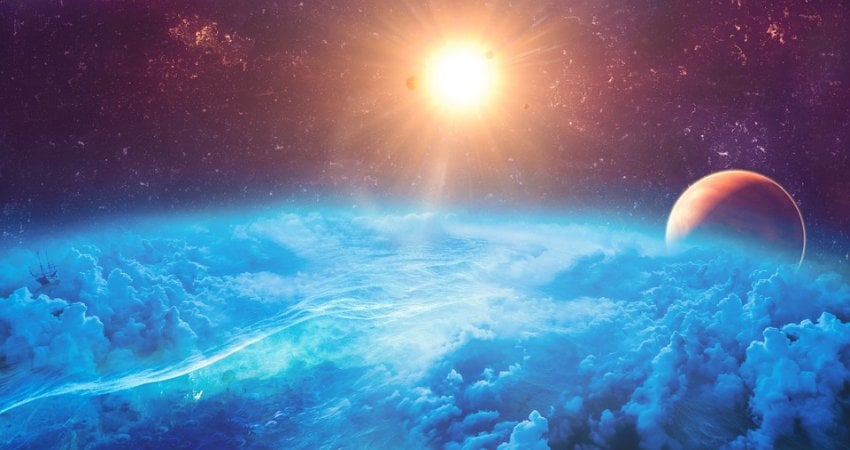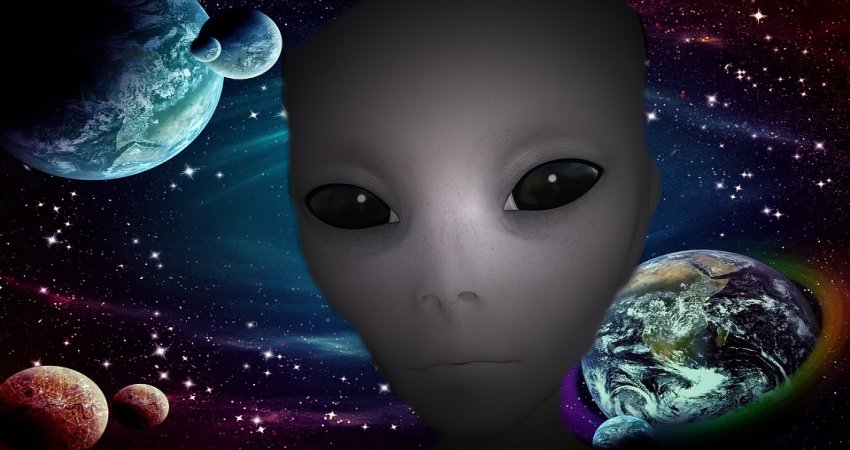Life In The Universe Is More Likely In The Future Than Now And Humans Will Arrive First At The Cosmic Party
MessageToEagle.com – We know that the universe is roughly 14 billion years old, and that one day in the future the Universe will most likely cease to exist it is likely to end—perhaps because of a Big Freeze, Big Rip or Big Crunch.
What we know very little about is our own place in the history of the universe. Why does life on Earth exist now, rather than at some point in the distant past or future?
A team of researchers including astrophysicists from the University of Oxford has set about trying to answer these questions—and their results raise the possibility that we Earthlings might be the first to arrive at the cosmic party.
See also:
Alien Life Inside A Postbiological Universe Where Time Has No Meaning
Invisible Aliens: Extraterrestrial Life May Be Beyond Human Understanding
The End Of Our Universe: Can We Escape To A Parallel Universe And Avoid The “Big Freeze”?
Scientists now suggest that suggests that life in the universe is much more likely in the future than it is now. That’s partly because the necessary elements for life, such as carbon and oxygen, took tens of millions of years to develop following the Big Bang, and partly because the lower-mass stars best suited to hosting life can glow for trillions of years, giving ample time for life to evolve in the future.
Dr Rafael Alves Batista of Oxford’s Department of Physics, one of the study’s authors, says: ‘The main result of our research is that life seems to be more likely in the future than it is now.
That doesn’t necessarily mean we are currently alone, and it is important to note that our numbers are relative: one civilization now and 1,000 in the future is equivalent to 1,000 now and 1,000,000 in the future.
‘Given this knowledge, the question is therefore why we find ourselves living now rather than in the future. Our results depend on the lifetime of stars, which in turn depend on their mass – the larger the star, the shorter its lifespan.’
In order to arrive at the probability of finding a habitable planet, the team came up with a master equation involving the number of habitable planets around stars, the number of stars in the universe at a given time (including their lifespan and birth rate, and the typical mass of newly born stars.
Dr Batista adds: ‘We folded in some extra information, such as the time it takes for life to evolve on a planet, and for that we can only use what we know about life on Earth. That limits the mass of stars that can host life, as high-mass stars don’t live long enough for that.
‘So unless there are hazards associated with low-mass red dwarf stars that prevent life springing up around them—such as high levels of radiation—then a typical civilization would likely find itself living at some point in the future. We may be too early.’
Co-author Dr David Sloan, also of Oxford’s Department of Physics, adds: ‘This is, to our knowledge, the first study that takes into account the long-term future of our universe – often, examinations of questions like this focus on why we arrived so late.
‘Our next steps are towards refining our understanding of this topic. Now that we have knowledge of a wide catalogue of exoplanets, the issue of whether or not we are alone becomes ever more pressing.’
MessageToEagle.com











